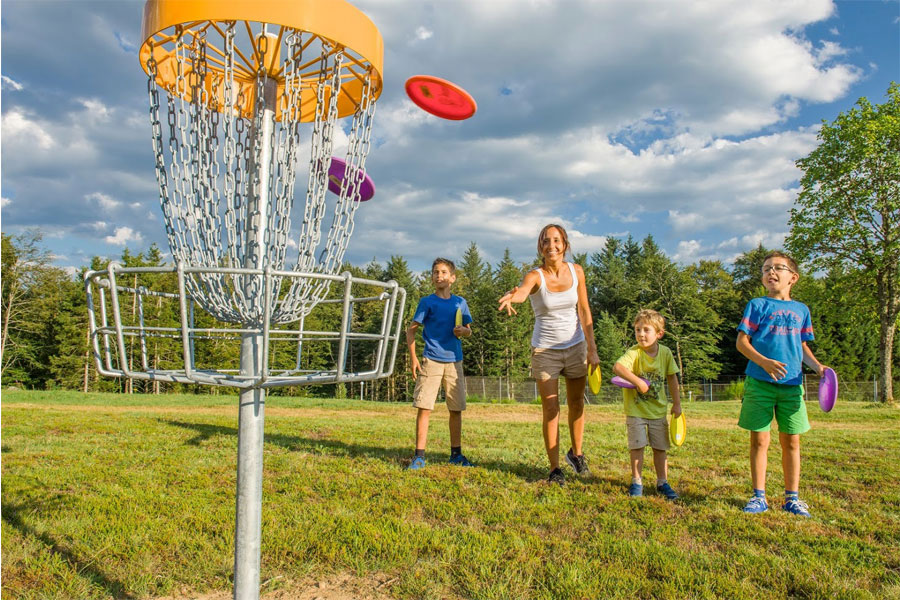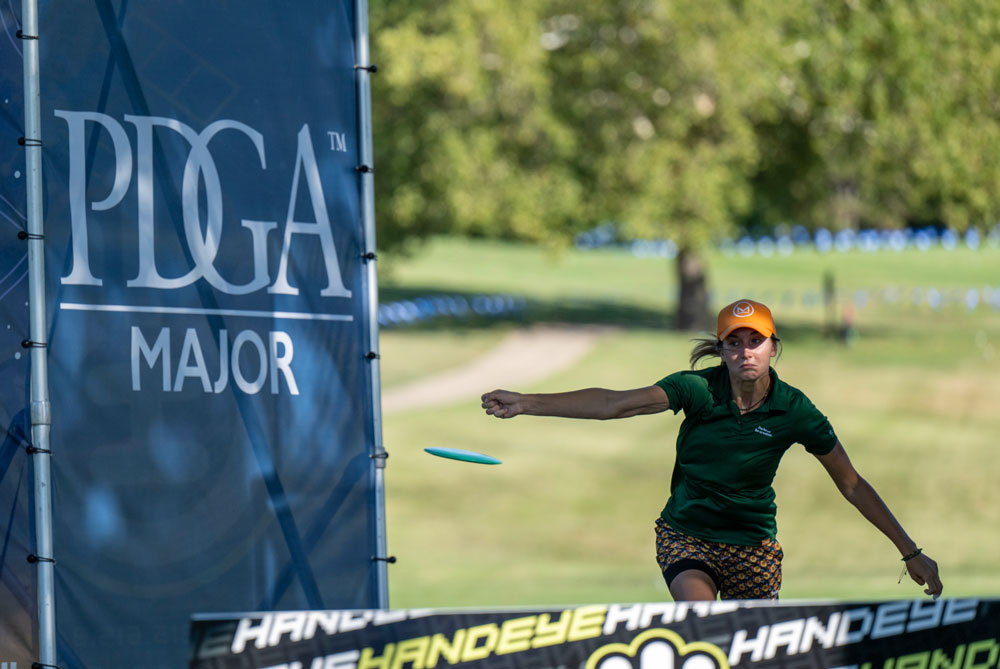BASICS OF THE GAME
Introduction of Disc Golf
What is Disc Golf
Disc golf is the perfect solution for anyone that wants to teach, share, and enjoy a lifetime sport. It’s a healthy, inexpensive, recreational activity that provides upper and lower body conditioning, aerobic exercise, and mental stimulation. Concentration skills expand when mastering shots and negotiating obstacles. Players of limited fitness levels can start slowly and gradually increase their level of play.
Disc golf is played much like golf except, instead of a ball and clubs, players use a flying disc. The sport was formalized in the 1970s and shares with golf the object of completing each hole in the fewest strokes (or, in the case of disc golf, fewest throws).
More: Learn About the Early History of Disc Golf
A disc golf hole begins from a tee area and ends at a target, the most common of which is an elevated metal basket. As a player progresses down the fairway, he or she must make each consecutive throw from the spot where the previous throw landed. In group play, the farthest away player always throws first. Players should not get ahead of the away player. The trees, shrubs, and terrain changes located in and around the fairways provide challenging obstacles for the golfer. When the ‘putt’ lands in the basket, the hole is complete.
Disc golf shares the same joys and frustrations as golf, whether it’s sinking a long putt or hitting a tree halfway down the fairway. Unlike golf, disc golf is usually free to play in public parks and takes about half as long to complete a round. Disc golf is designed to be enjoyed by people of all ages, gender identity, and economic status, making it a great lifetime fitness activity.

Where to Play Disc Golf
With more than 10,000 disc golf courses in the United States and over 13,000 worldwide, with most free to play, there is almost certainly a course near you. The PDGA course directory or the smart phone accessible UDisc Directory Application will help you find a course that is right for you and your family.
For beginning players, especially primary and middle school age players, we recommend filtering courses by length so that you can begin playing on a short course that is beginner-friendly. Look for courses under 2,500 feet or under 5,000 feet. Easier courses will have an average hole length of 250 feet or less. When calculating the average hole length, make sure to check the number of holes on the course, as not all courses have 18 holes.
We’d also suggest checking course information to make sure that the course has amenities like bathrooms, course signage, ADA accessibility, or anything else that you need for an enjoyable outing.

Who Plays Disc Golf

